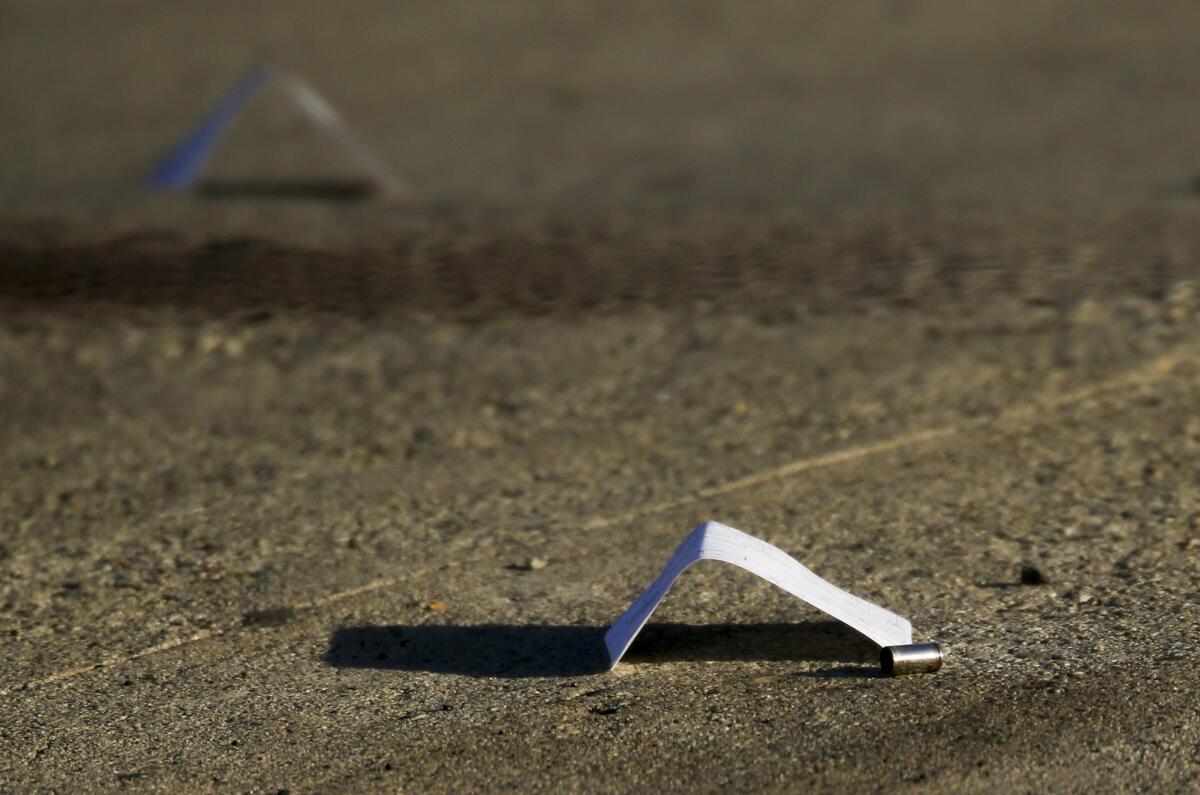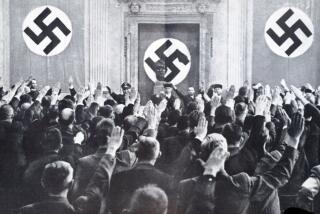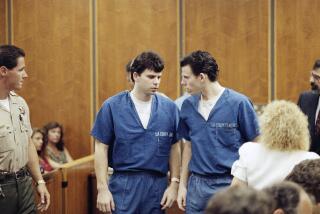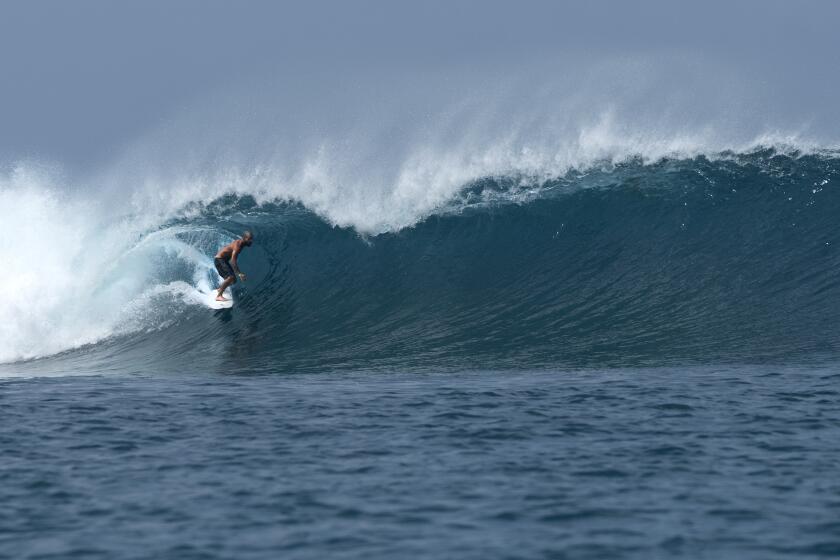White House panel expected to issue report critical of some forensic evidence in criminal cases

Forensic analysis commonly used to link guns, blood, bite marks and shoe prints to criminal suspects is not based on sound science, and judges should be careful about admitting such evidence in court, according to a draft report by a presidential commission.
The report by the President’s Council of Advisors on Science and Technology is especially critical of subjective testimony by experts linking evidence collected at crime scenes to specific people or things, in particular bite marks to a suspect’s teeth or shoe impressions to specific footwear.
For the record:
4:47 a.m. Oct. 24, 2024An earlier version of this article gave the name of the co-chair of the President’s Council of Advisors on Science and Technology as Eric Linder. His name is Eric Lander.
In what is likely to be its most controversial finding, the report states that analysis linking firearms to bullets and shell casings “falls short” of scientific standards for admission as evidence. If judges permit such testimony, the report says, they should tell jurors that error rates by firearms examiners are higher than would be expected.
The report also calls into question DNA analysis of “complex” mixtures of human fluid, such as those from puddles of blood from multiple people, saying such tests fail to meet rigorous scientific standards. It found that more straight-forward DNA and fingerprint comparisons met scientific standards, however.
The council on Thursday voted unanimously to approve the report’s recommendations that judges should “take into account” the scientific validity of expert testimony before allowing it to be admitted in court.
It also recommended that the National Institute of Standards and Technology and the Justice Department review and evaluate forensic methods to determine which ones are valid or need further scrutiny.
The council’s investigation is the latest by a government agency or scientific body that calls into question the underpinnings of scientific evidence that helped produce convictions later determined to be wrongful.
See the most-read stories this hour >>
“It has become apparent, over the past decade, that faulty forensic feature comparison has led to numerous miscarriages of justice,” according to the draft report dated Aug. 26. “It has also been revealed that the problems are not due simply to poor performance by a few practitioners, but rather to the fact that the reliability of many forensic feature-comparison methods has never been meaningfully evaluated.”
‘It has become apparent, over the past decade, that faulty forensic feature comparison has led to numerous miscarriages of justice.’
— Presidentâs Council of Advisors on Science and Technology
Eric S. Lander, co-chair of the council, said during the conference call that rigorous study of forensic analysis was important because “you can’t you can’t call a method valid and reliable unless you have tested” its accuracy and scientific validity.
Though advisory, the report — which could have broad implications throughout the the American court system — has already met stiff resistance from Justice Department officials concerned it is being produced by a group that has little understanding of forensic science and has no forensic scientists as members, according to current and former U.S. law enforcement officials.
The officials said they were particularly irked that the group was calling into question firearms evidence, which has long been considered grounded in science by judges and appeals courts.
“While there is always a place for continued review of forensic science, the department continues to support the long-standing and accepted basis for admitting reliable evidence during criminal trials,” a Justice Department spokeswoman said.
John Walsh, former U.S. attorney in Colorado, said he was “surprised and concerned” by the commission’s findings. He said the Justice Department had been working for years to better evaluate potential evidence and fairly explain its meaning and limitations to jurors.
Jim Pasco, executive director of the National Fraternal Order of Police, was briefed on the recommendations and said it appeared to be based on a “half-baked model” that “calls into question technologies” that have long been used in court.
ALSO
Sorry, Internet poker fans. It won’t be legal in California anytime soon
California workers won’t be getting double pay for Thanksgiving Day duty
Bill to ban behind-the-scenes communications with coastal commissioners is defeated in the Assembly
UPDATES:
4:05 p.m.: This article was updated with a Justice Department reaction.
2:50 p.m.: This article was updated with the council’s conference call and vote.
5:29 a.m.: This article has been updated with comment from a White House spokeswoman.
This article was originally published at 3:55 a.m.
More to Read
Sign up for Essential California
The most important California stories and recommendations in your inbox every morning.
You may occasionally receive promotional content from the Los Angeles Times.











